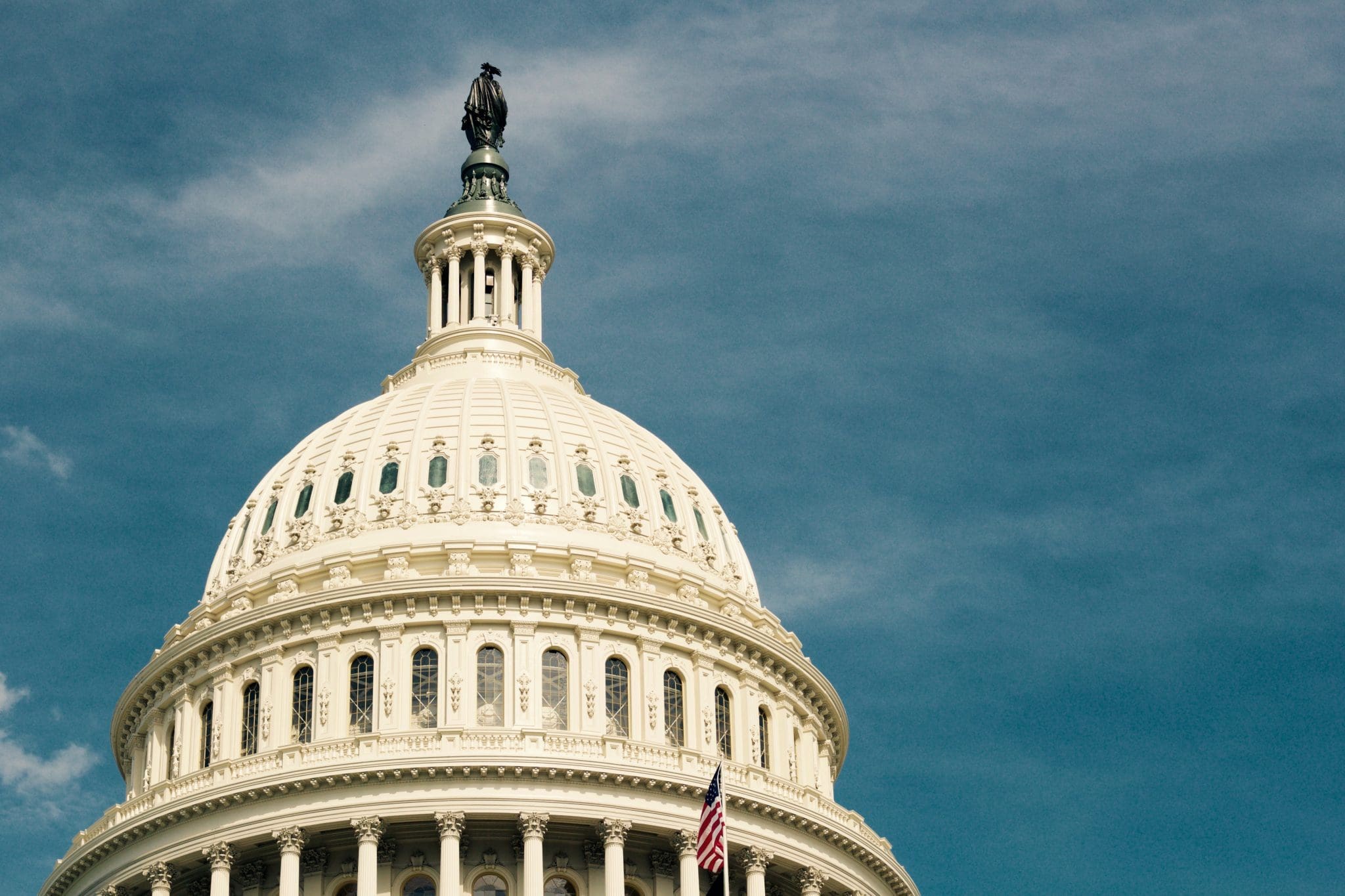In the final trading days of 2016, the market rally we’ve seen since the presidential election calmed, as all three major indexes posted losses for the week of December 26. Despite this dip, the S&P 500, Dow, and NASDAQ were each up over 2% in December. And they posted gains for the year, with the S&P adding 9.5%, the Dow up 13.4%, and NASDAQ increasing 7.5.%.
Arguably the biggest economic event we experienced last month was the Federal Reserve’s much-anticipated interest rate increase. On December 14, the Fed raised benchmark rates by 0.25% — which was only the second time they’ve increased rates since 2006. Fed Chairwoman Janet Yellen explained that her group’s decision reflected the economy’s progress and their expectations for continued economic development. The Fed also indicated that they might introduce three additional interest-rate increases in 2017, up from their previous prediction of two.
Unlike the market volatility after the Fed’s last interest-rate increase in December 2015, investors had a much more subdued reaction this year. The VIX, a main volatility measure, increased somewhat in December but ended 2016 32.2% lower than where it began last January.
Ultimately, rising interest rates are a sign that the economy is growing. Last month, we saw several indications of this growth, including the final report on third quarter Gross Domestic Product. In the Commerce Department’s analysis, they adjusted the GDP up to a 3.5% annual rate — showing the fastest economic growth in two years.
GDP wasn’t the only economic measure that beat expectations in December. Measures of consumer sentiment and consumer confidence both reached levels not seen in many years.
Consumer sentiment, which measures consumers’ views on the current and future state of the economy, reached its highest reading since January 2004. Measures of consumer confidence also hit a 13-year high, indicating that people feel more positively about business conditions, employment, and family income.
In addition to these positive signs, we saw the dollar hit a 14-year high on December 20 and end the year up 3.8%. Crude oil also continued to recover as investors anticipate that OPEC and other producers will begin to reduce output in 2017.
But of course, positive economic indicators don’t mean that everything is perfect in the economy. Data released in December showed decreases in durable goods orders, industrial production, and housing starts.
We don’t like to see these declines, but the biggest economic question marks may not come from existing data — and instead from changes in our political leadership. Stocks have rallied on hopes that President-elect Trump will reduce regulation and taxes while increasing infrastructure investment. But no one knows for sure what changes could be on the horizon — or how Trump’s policies will affect trade.
As we begin 2017, we will closely watch economic data and the political environment. We’ll also now turn our attention to upcoming fourth-quarter and end-of-year results to learn more about how the economy performed in the final weeks of the year — while closely monitoring what lies ahead. Stay tuned for next month’s update where we’ll have annual data to discuss.
That’s it for this month’s educational economic update.
Disclosure: While we believe the information in this report is reliable, we cannot guarantee its accuracy. Opinions expressed are subject to change without notice and are not intended as investment advice or a solicitation for the purchase or sale of any security. Please consult your financial professional before making any investment decision. Investing involves risk, including the potential loss of principal. No investment strategy can guarantee a profit or protect against loss in periods of declining markets. The indices mentioned are unmanaged and cannot be invested into directly. Past performance does not guarantee future results.
[1] http://finance.yahoo.com/quote/%5EGSPC/history?period1=1480568400&period2=1483074000&interval=1d&filter=history&frequency=1d
http://finance.yahoo.com/quote/%5EDJI/history?period1=1480568400&period2=1483074000&interval=1d&filter=history&frequency=1d
http://finance.yahoo.com/quote/%5EIXIC/history?period1=1480568400&period2=1483074000&interval=1d&filter=history&frequency=1d
[2] http://www.cnbc.com/2016/12/30/stocks-open-higher-to-begin-last-trading-session-of-2016.html
[3] http://www.nytimes.com/2016/12/14/business/economy/fed-interest-rates-janet-yellen.html?_r=0
[4] http://www.nytimes.com/2016/12/14/business/economy/fed-interest-rates-janet-yellen.html?_r=0
[5] https://www.federalreserve.gov/monetarypolicy/files/monetary20161214a1.pdf
[6] https://finance.yahoo.com/quote/%5EVIX/history?p=%5EVIX
[7] http://www.ftportfolios.com/Commentary/EconomicResearch/2016/12/22/real-gdp-growth-in-q3-was-revised-to-a-3.5percent-annual-rate
[8] http://www.wsj.com/articles/u-s-consumer-sentiment-rises-to-highest-level-in-12-years-1482506871
[9] http://www.cnbc.com/2016/12/27/consumer-confidence-for-december-2016.html
[10] http://data.cnbc.com/quotes/.DXY
[11] https://www.bloomberg.com/news/articles/2016-12-29/oil-set-for-first-annual-gain-in-3-years-before-opec-supply-cuts
[12] http://www.cnbc.com/2016/12/22/us-durable-goods-orders-nov-2016.html
http://www.ftportfolios.com/Commentary/EconomicResearch/2016/12/14/industrial-production-declined-0.4percent-in-november
http://www.ftportfolios.com/Commentary/EconomicResearch/2016/12/16/housing-starts-declined-18.7percent-in-november
[13] http://finance.yahoo.com/news/stocks-could-suffer-trump-trade-144602061.html







